Concrete finishing is the final step that defines the look, feel, and performance of a surface — from a slick polished showroom to a slip-resistant driveway. At Premier Concrete Pumping, we understand that achieving the right finish takes more than just concrete and tools — it takes timing, mix consistency, pump precision, and seasoned experience on-site.
Whether you’re laying a garage slab or polishing a patio, this guide walks you through the six most popular types of concrete finishes, when to use them, and how Premier can help you get a picture-perfect surface every time.
Types of Concrete Finish
Trowel Finish
Troweling is the most basic and widely used method, producing a smooth, dense surface.
Manual Troweling uses a hand tool to press and flatten concrete. Ideal for smaller slabs, edges, or spots that power trowels can’t reach.
Power Troweling, on the other hand, uses a spinning mechanical trowel (like a large fan) for larger surfaces such as warehouse floors and residential garages.
Pros:
Clean, polished appearance
Durable finish
Great for interiors
Cons:
Low slip resistance (not suitable for outdoor or wet areas)
If you’re pouring a garage slab or interior floor, check out this comparison of slabs vs pads to better understand your pour setup.
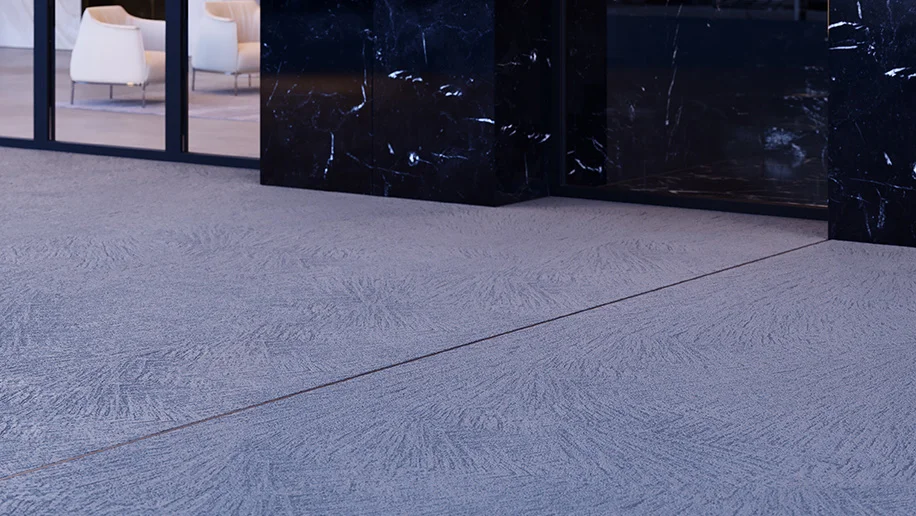
Broom Finish
After troweling, a broom is dragged across the surface to create fine, textured grooves.
Best for:
Driveways
Walkways
Pool decks
Benefits:
Excellent slip resistance
Budget-friendly and easy to apply
Broom finishes are an industry standard for high-traffic outdoor concrete. In climates like Ontario’s, slip resistance is critical. For more guidance on how temperature and weather affect pours, read our best practices for pouring concrete in Ontario.
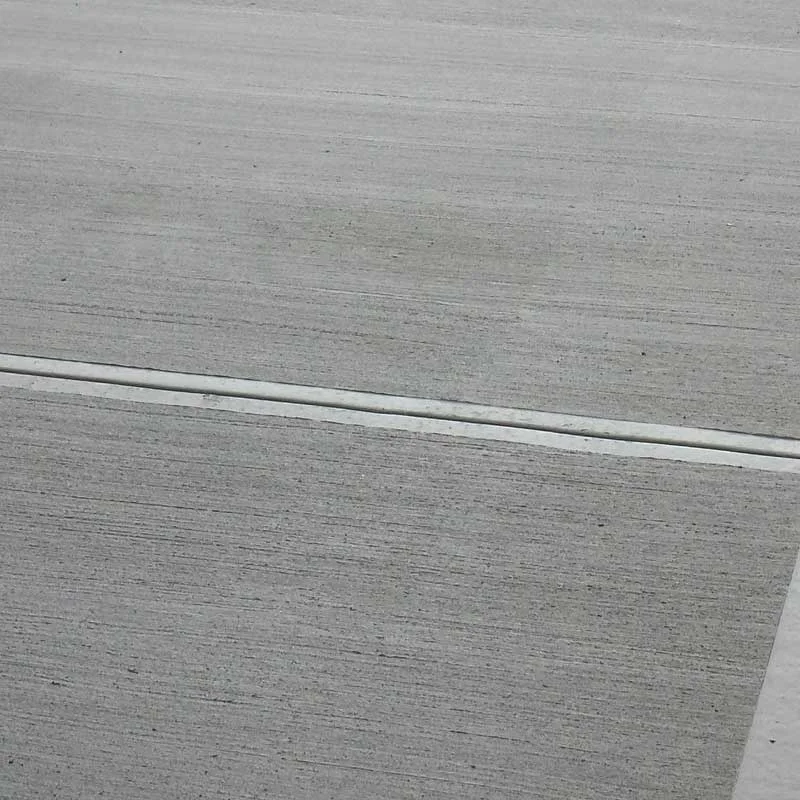
Textured Concrete (Exposed Aggregate)
This finish is made by washing off the top layer of cement paste to reveal the aggregate beneath (stones, shells, or decorative gravel).
Highlights:
Natural appearance
Long-lasting durability
Excellent grip (perfect for slopes or wet areas)
You can choose aggregates like basalt, rose quartz, or river rock for a visual pop — a great fit for ICF wall patios or custom residential landscaping.
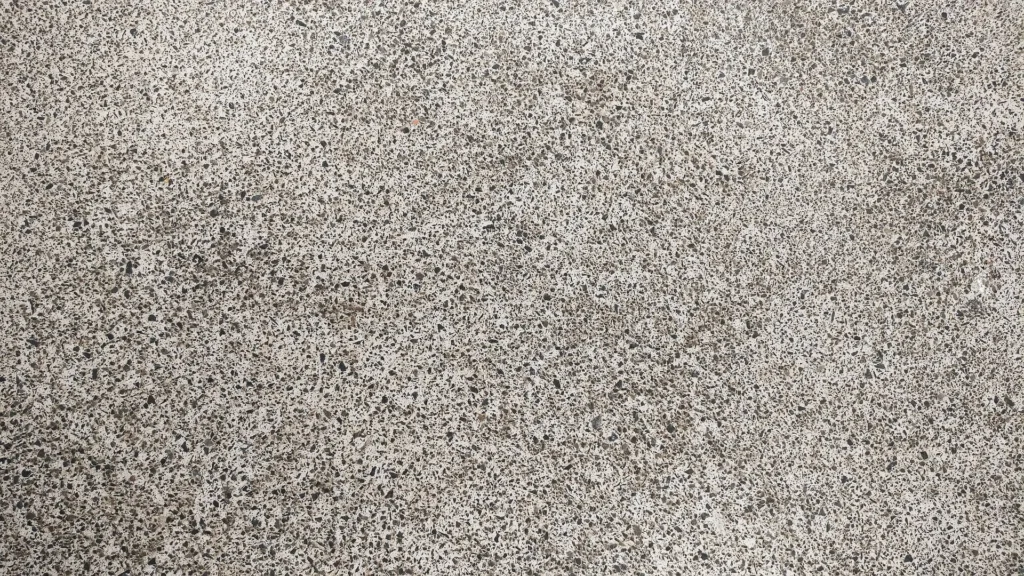
Decorative Concrete (Stamped & Stenciled)
Stamped concrete mimics other materials (brick, flagstone, tile, even wood) using texture mats pressed into curing concrete. Stenciled finishes offer pattern without depth.
Pros:
Customizable patterns
Durable and elegant
Great for curb appeal on patios, driveways, and commercial entryways
This is where choosing the right concrete mix and line size matters most. Intricate finishes like stamped concrete benefit from precision pumping — and the right boom setup can make or break the outcome.
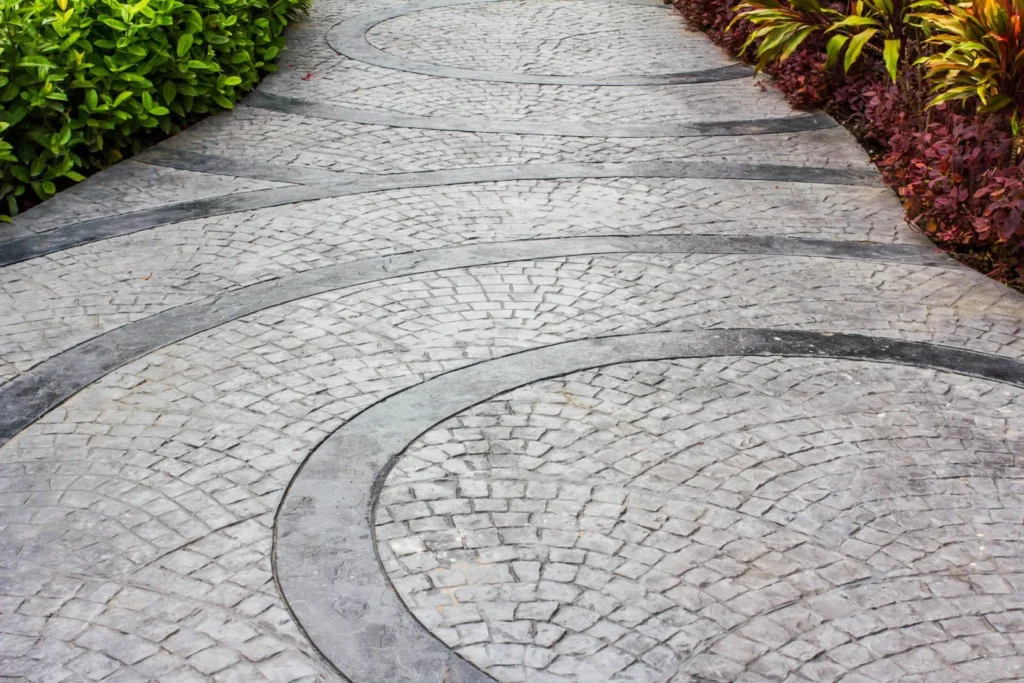
Polished Concrete (Grinding & Buffing)
This is ideal for indoor environments that demand high performance and clean aesthetics. Diamond-grit grinders smooth the surface over multiple passes, producing a glossy, marble-like finish.
Used in:
Retail stores
Office lobbies
Showrooms and industrial lofts
Despite its glossy look, polished concrete is often more slip-resistant than broom or troweled finishes.
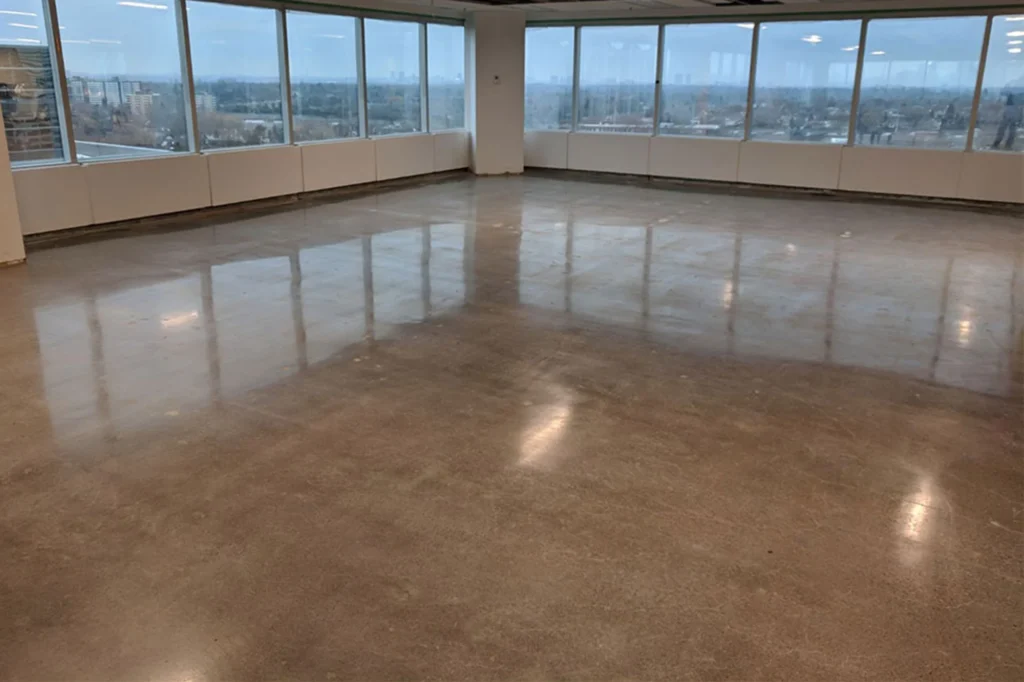
Salt Finish
Salt finish is created by pressing coarse salt into freshly poured concrete and later washing it away. This leaves small craters for subtle traction and visual texture.
Best used for:
Pool decks
Garden walkways
Light decorative patios
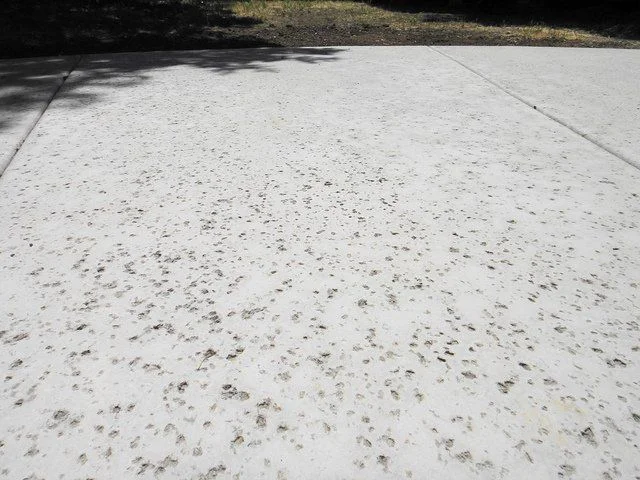
Why Premier is Your Concrete Finishing Partner
We’re not just a pump company — we’re a jobsite partner that ensures your finish turns out right. Our expert operators help you:
Choose the right equipment (see our full equipment guide)
Use the ideal boom pump size via our selector tool
Prep your pour based on weather, timing, and surface needs
Access specialized accessories for high-end finishes (slick lines, wall pipes, vibration tips)
From start to finish, we help concrete finishers and GCs pour with confidence.
Concrete Finish Comparison Table
| Finish Type | Appearance | Slip Resistance | Best Use Case |
|---|---|---|---|
| Trowel | Smooth | Low | Interiors, garages |
| Broom | Lightly grooved | High | Driveways, sidewalks |
| Exposed Aggregate | Textured/pebbled | High | Patios, pool decks |
| Stamped/Stenciled | Decorative pattern | Medium | Walkways, patios |
| Polished | Glossy/refined | Medium | Interior commercial floors |
| Salt | Pitted/subtle | Medium-High | Pool decks, patios |
Choosing the Right Finish
Your finish isn’t just a design choice — it’s a functional layer that impacts safety, durability, and maintenance.
Go with:
Broom or exposed for outdoor surfaces (traction + weather resistance)
Polished or trowel for interiors (smooth, easy-clean)
Stamped/stenciled for visual impact (entryways, patios)
Salt finish for low-maintenance outdoor texture
Bonus: Pair the Right Pump to the Job
Use our Boom Pump Selector Tool to match your project size and site access with the optimal pump size.
If your pour involves patterned finishes, detailed patios, or confined spaces, our ICF Concrete Pumping service is built to support that level of precision.
FAQs About Concrete Finishing
Which concrete finish lasts the longest?
Polished and trowel finishes indoors can last 30+ years. Outdoors, broom and exposed aggregate hold up best against wear and weather.
Do decorative finishes need sealing?
Yes. Any stamped, stained, or exposed surface should be sealed to prevent water intrusion, color fade, or surface cracking.
Can old concrete be refinished?
Yes. Grinding, overlay, staining, or stamping can give old slabs a second life — if the base is still sound. Ask us about surface prep.
What’s the best finish for safety near pools?
Go for exposed aggregate, broom, or salt finishes. All provide great traction in wet conditions.
Is polished concrete slippery?
Surprisingly, no — when done right. It may look slick, but polished floors have a high coefficient of friction and are safe even in commercial kitchens.
Can you pump concrete mixes with decorative aggregate?
Yes — but you need to choose the right mix and pump line size to avoid clogging or inconsistent pour.
Need help with your next concrete pour?
Reach out to Premier — we’ll help you pour it right the first time.
